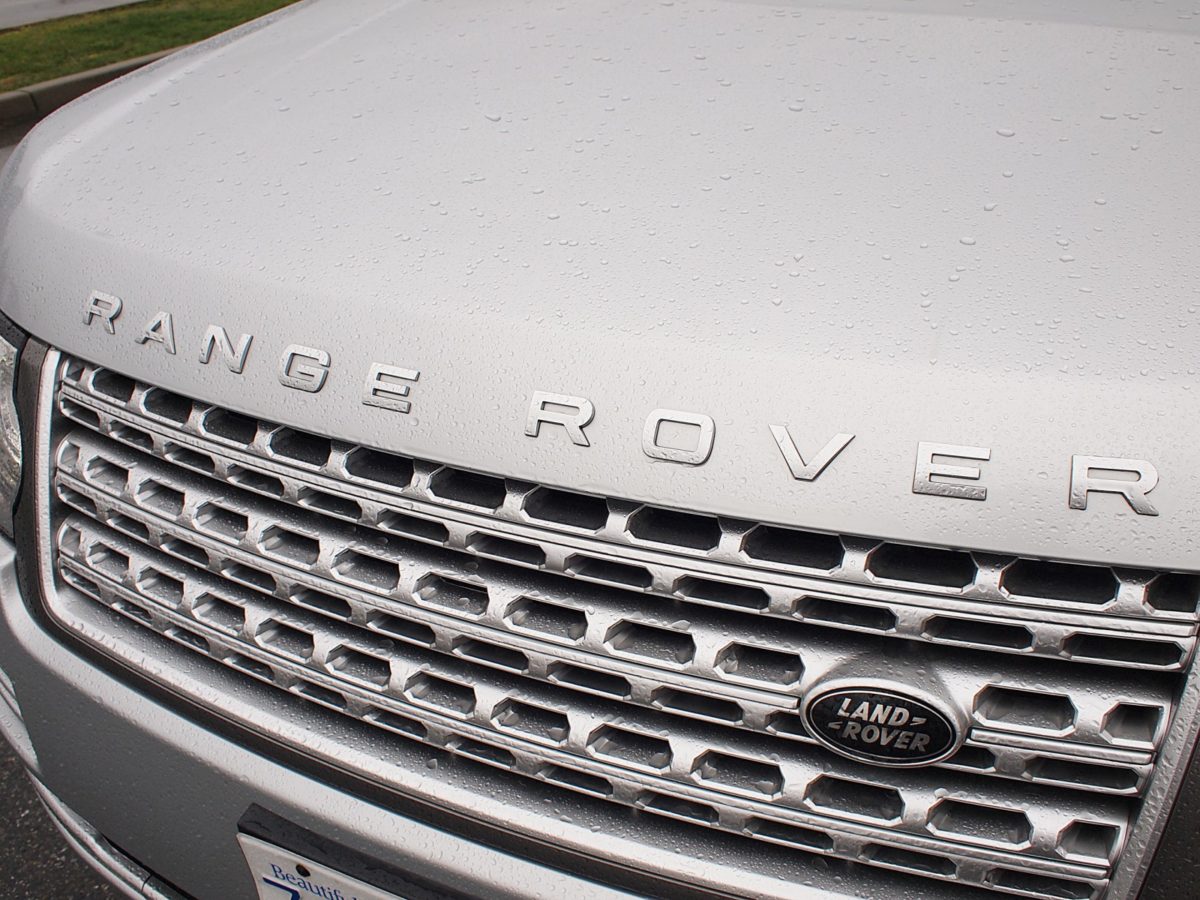Jaguar Land Rover researches remote control, brainwave sensing technology


It may still be some time before we see fully autonomous cars ruling the streets, but Jaguar Land Rover (JLR) is getting one step closer with a series of experiments involving controlling a Range Rover remotely, and monitoring brain waves to improve driver concentration.

Last month, researchers at JLR demonstrated using a smartphone app to help a Range Rover Sport test vehicle apply throttle, steer, brake and perform a multi-point turn, the latter potentially useful for exiting tight or poor visibility situations. Sensors are utilized to detect and avoid other objects, and eventually may be able to scan the surrounding environment to assess whether it is safe to perform the commands executed by the “driver.”
“Getting a car out of tricky parking manoeuvre can be a stressful experience for any driver. A remote control car, or vehicle that can autonomously turn in the road, demonstrates how we could use these new technologies to reduce the tedious parts of driving and improve road safety,” said Wolfgang Epple, JLR director of research and technology.

The ability to walk alongside the Range Rover while manipulating it is also handy for off-road or adverse weather conditions. The company gives an example of precisely positioning it when crawling over rocks or exploring a slippery section of mud or ice covered road.
“Because our customers drive in all terrains and in all weather, any future autonomous Jaguar or Land Rover must be as capable on rough tracks and unpaved roads as it would be on city streets,” said Epple.

JLR is borrowing from the the fields of sports, medicine and aerospace for its Mind Sense project. The purpose is to see if the onboard computer can read a driver’s brainwaves in order to determine when he or she is becomes sleepy or distracted.
To do so, the data is measured through the hands, via contacts embedded in the steering wheel. To compensate for the distance the signal needs to travel from the subject’s head, software amplifies the brainwaves. This could lead to new safety developments, such as a vibrating steering wheel or pedals to alert the re-engage the driver.
Epple added that with autonomous motoring, there will still be times when it is necessary to hand control back to a human operator, and innovations such as this will tell the vehicle whether the person behind the wheel is alert and ready to go.

To that end, one more advancement being worked on is wellness monitoring. JLR added medical-grade sensors — originally developed for use in hospitals — strategically placed in the seat of an XJ sedan to analyze the driver’s heart rate and breathing. Applications for this include being able to predict the onset of an incapacitating illness and even stress mitigation.
Imagine this scenario: after a bad day at work, your Jaguar or Land Rover automatically changes the mood lighting to a soft pale blue, makes the cabin temperature a little more comfortable and plays some Marvin Gaye through the premium speakers.

